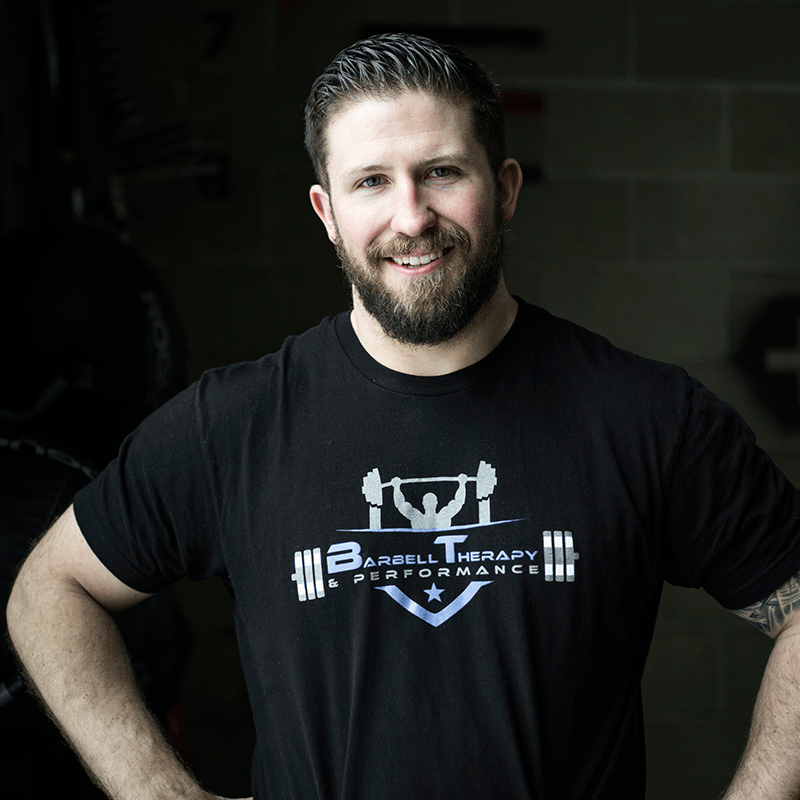There are plenty of people out there that want to try the sport of weightlifting, or if you’re an elitist “Olympic weightlifting”. At first glance, weightlifting looks like a wild and dangerous sport of throwing a maximal weight overhead while dropping under as fast as possible. Truth is, weightlifting has one of the lowest rates of reported injury among all competitive sports out there and many are minor overuse injuries that can heal up quite easily. If you have an itch to start Olympic lifting, here is a movement self assessment checklist to make sure it is safe for you to start a legitimate Olympic weightlifting training program.
- Ankle mobility– If you have the drive to be competitive in this sport, have proper ankle mobility is a must. If we cannot move adequately through the ankle joints, we will be in compromised positions and end up putting more strain on the knees, hips and shoulders. You can easily check your ankle mobility by simply finding a wall and kneel down with your front foot approximately five inches from the wall. While keeping your heel down, drive your knee into the wall. If you can touch the wall with the front knee with the base of the heel still on the floor then congratulations. Prerequisite one is now complete. If you do not meet the criteria, you can still begin training Olympic lifts but I would suggest training the “power” variations where you are limiting squat depth and not compromising or getting into stressful positions until you can adequately pass the test.
- Overhead squat– If you want to snatch, then the overhead squat is the first place we need to start to make sure this is a safe movement for you to complete. Take a wooden dowel, pvc pipe, broomstick etc. and while standing tall, grab the implement wide enough to where the dowel sits right in the groove of the top of the hip or where your pockets would be. Now, with the heels slightly elevated (in an Olympic lifting shoe or with heels on a ten pound plate) raise the implement overhead. Squat as low as you can making sure that the implement remains over the lateral malleolus(big bony part of the ankle). Make sure you get this recorded from the side to see that the bar does not come out forward past the ankle. Looking from the side, the bottom position should have the knees directly over the toes (yes the knees need to come over the toes) , the femur parallel to the torso, and the training implement directly over the ankle.
- Military press– This one is a bit easier to achieve and is crucial to make sure you can perform the jerk movement. Stand with your feet about hip width apart, hands on the bar just outside the shoulders. Press the bar overhead. As you press bring your head and shoulders forward, getting under the bar. From the side, we should see that the arms are locked out, and the body should be in a stacked fashion with the bar directly in line with the hips, shoulders, and ankles.
- Front Squat– In order to do a clean, we must also be able to get into a proper front rack and front squat position. Start with a bar on the rack. You will start by getting under the bar with the hands just outside the shoulders and grabbing onto the bar. The hands should stay soft and relaxed as the tip of the elbow will drive upwards to point directly out in front. For some of the bigger and muscular folks with tighter shoulders, putting ten to twenty pounds on each side of the bar might be necessary. Many will feel some wrist pain. Some of this will take some time and adaptation to get used to a very odd position but I recommend working on improving the mobility of the shoulder, mainly being the lats and the pecs. More mobility here will improve the ability of the arms to get into proper position and take the strain off the wrist altogether.
- Snatch Deadlift– Using the same hand position on the bar that we discussed for the overhead squat, place your hands in the same position for the snatch deadlift. Start light with a ten pound plate on each side of the bar, with the bar on the floor. Our start position should be with the bar on the floor, feet about hip with apart, toes pointed out slightly, back neutral or slightly arched, hips placed slightly higher than the knees, shoulders placed directly over the bar, and knees slightly over the top of the bar. If you start to round your back at the bottom, you can still start training with hang positions or in a raised start position off of the blocks. In the meantime, work on improving upper back strength as well as hip and hamstring mobility.
There you have it. If you can achieve these positions you should be good to start experimenting with the Olympic lifts. Keep in mind these lifts are very complex and there is a lot that needs to happen from a technical and developmental perspective and I highly advise getting a trustworthy and experienced coach that has been involved in the sport for a while. Learning proper execution of the lifts early on will help keep your body pain free, and you will see progress much faster with a keen eye and feedback coming at you daily.
If you have any questions, comments, concerns, or would like to setup a consultation, please feel free to drop us a line using our contact form or stop by our practice here in Lowell, Massachusetts.


